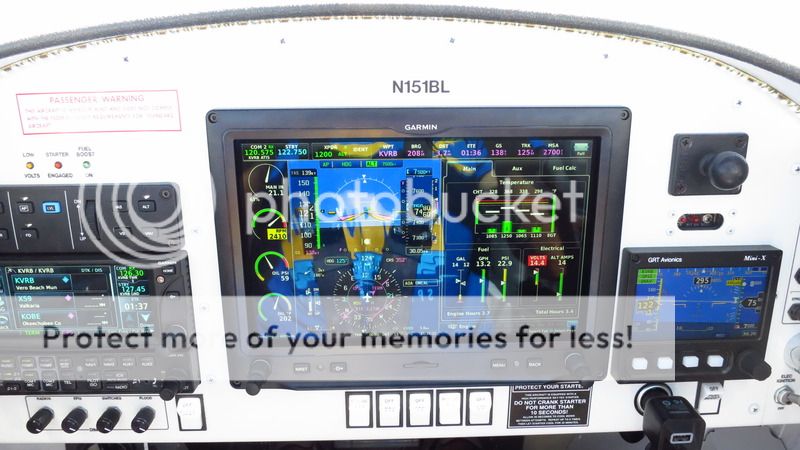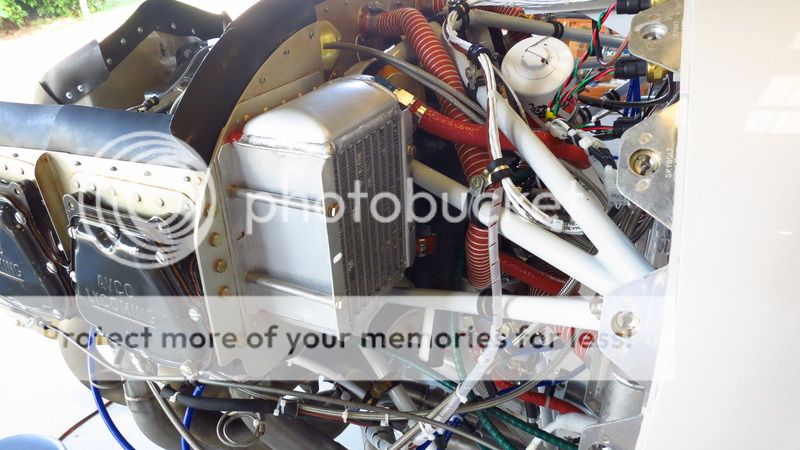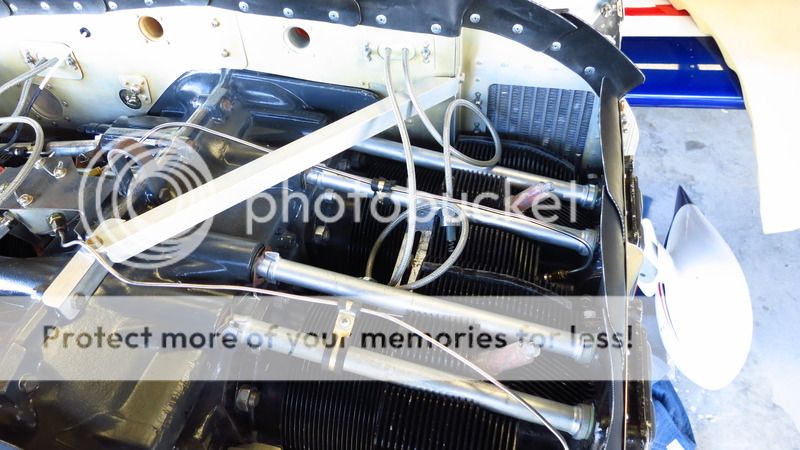I am having a problem with my oil temps. The baffles are tight and I don't think I am loosing cooling air thru them ( CHT seem to confirm) but my oil temps are still at 195 degree F on a 53 degree F day, here are the numbers.
IO 360 A1A (angle valve)with 51 HRS since major
Philips xc oil
23" at 2400 RPM
10.5 GPH
CHT 350 (hottest)
EGT 1350 (hottest)
OAT 53 degree F
oil temp 195 degree F
The oil cooler is mounted on the #4 baffle and is a Aero Classics #8001689 from Pacific Oil Coolers. I have the oil cooler standing off the baffle with a 1" spacer to allow the whole oil cooler area air flow and have made a air dam that wont allow the air to go over the top of the # 4 cylinder fins and pre-heat than into the oil cooler. My last try at lowering the temps was to seal the inlet ramps on the upper cowl which made no change to any of the temps.
I know 195 is within spec but when I talk to other pilots that have flown that day with similar set ups they say they are struggling to see 180, I live in Reno and am afraid this summer I will be seeing higher than I want oil temps
Anyone have any ideas as to what the problem could be?
IO 360 A1A (angle valve)with 51 HRS since major
Philips xc oil
23" at 2400 RPM
10.5 GPH
CHT 350 (hottest)
EGT 1350 (hottest)
OAT 53 degree F
oil temp 195 degree F
The oil cooler is mounted on the #4 baffle and is a Aero Classics #8001689 from Pacific Oil Coolers. I have the oil cooler standing off the baffle with a 1" spacer to allow the whole oil cooler area air flow and have made a air dam that wont allow the air to go over the top of the # 4 cylinder fins and pre-heat than into the oil cooler. My last try at lowering the temps was to seal the inlet ramps on the upper cowl which made no change to any of the temps.
I know 195 is within spec but when I talk to other pilots that have flown that day with similar set ups they say they are struggling to see 180, I live in Reno and am afraid this summer I will be seeing higher than I want oil temps
Anyone have any ideas as to what the problem could be?












